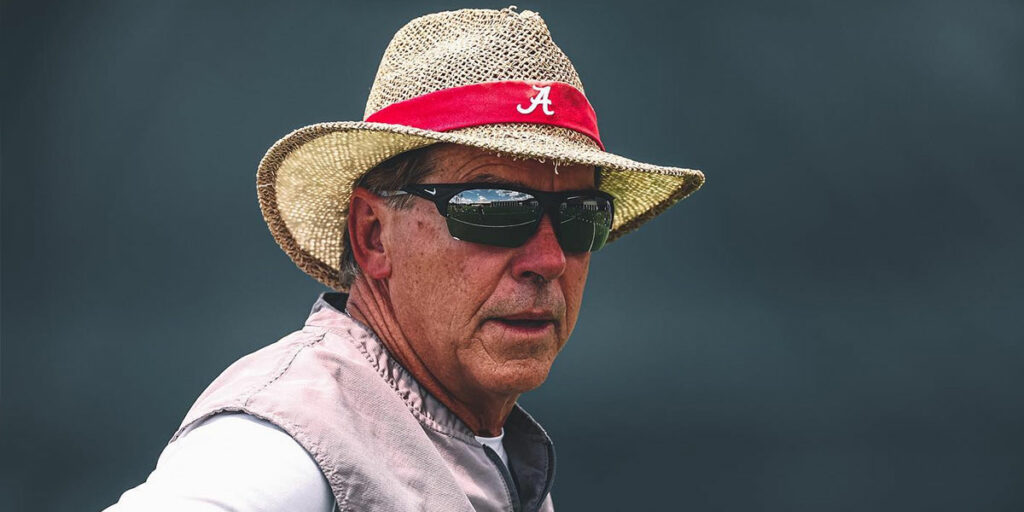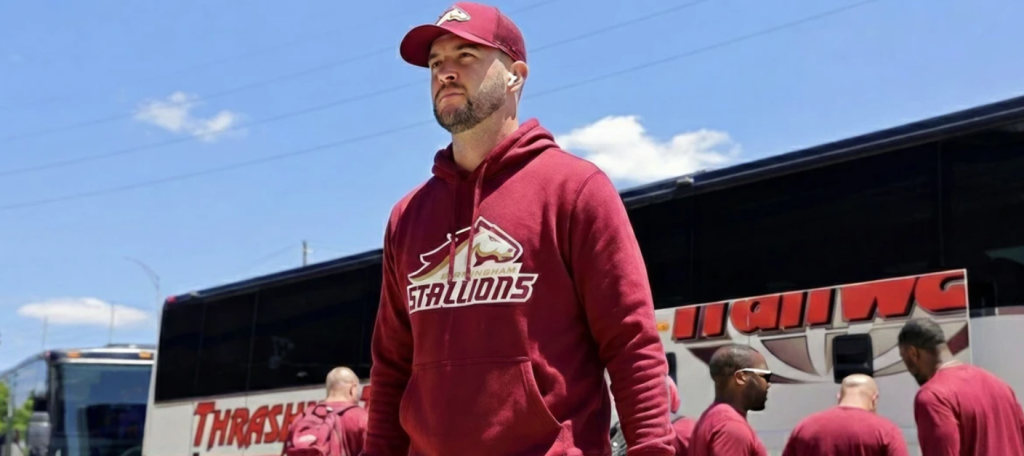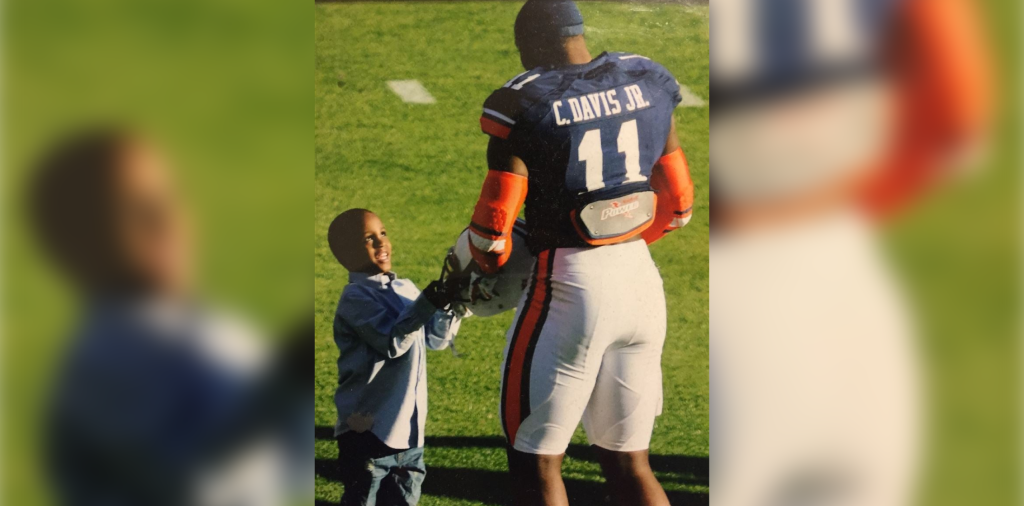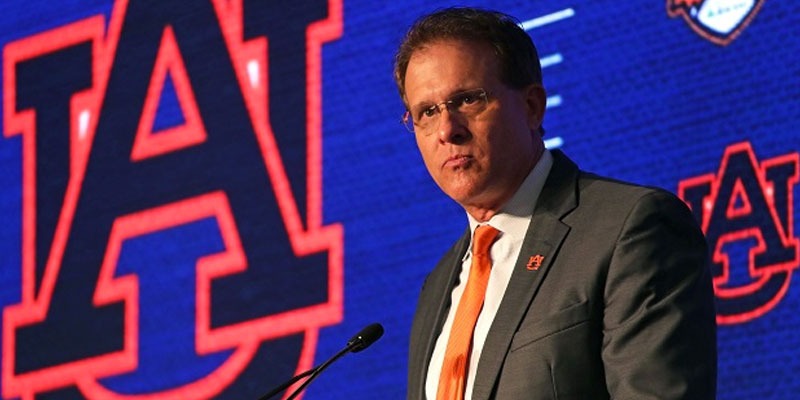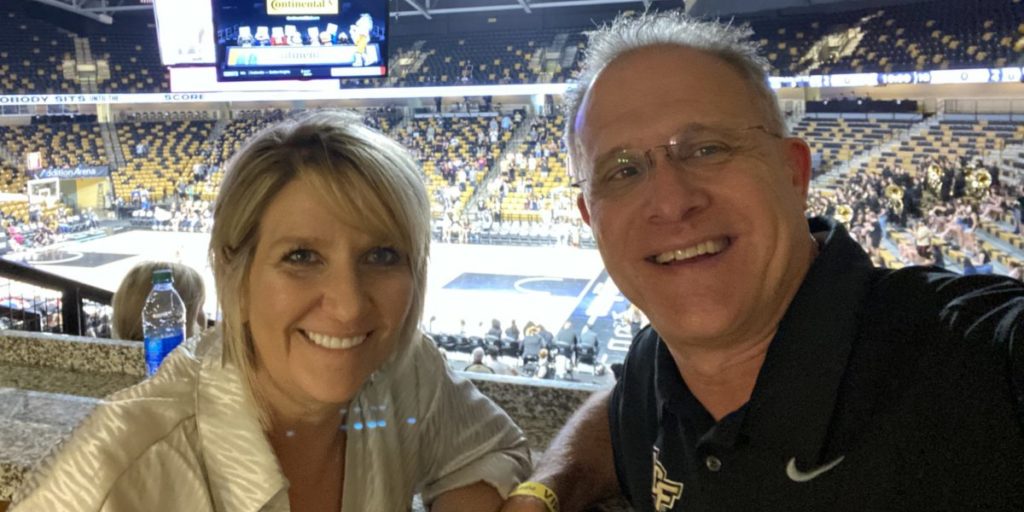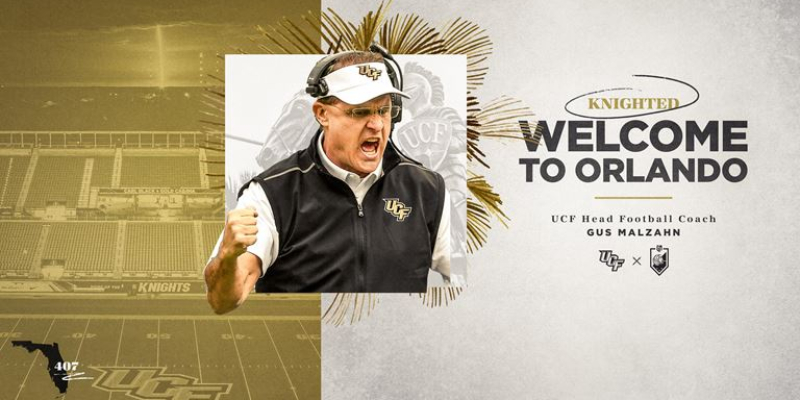
It was a wet and wild opener for Auburn in its 45-21 season-opening victory over Arkansas last Saturday.
Tiger fans caught a glimpse of the future in the first half with Jeremy Johnson’s impressive two-touchdown debut, while being reminded just how talented their current starter Nick Marshall is in the second half.
Johnson sure didn’t look like a sophomore, either, while making his first SEC start.
His darting passes were only made more effective by the trusting relationship Johnson already seems to have developed with former No. 1 JUCO wide receiver D’haquille Williams.
This leaves a bit of a dilemma for Auburn’s coaching staff.
As improved as Marshall is in the passing game, Johnson is clearly the more refined passer and considering the immense talent the Tigers field at wide receiver, it’s hard not to say they’re better off with Johnson taking snaps in passing situations.
On the flip side, Marshall is far and away the more dynamic rusher, and the Tigers’ running backs feed off the extra attention defenders are forced to pay to the shifty quarterback.
Johnson, meanwhile, accounted for zero rushing yards Saturday and the team only managed 68 rushing yards with the sophomore calling the shots.
Contrast that with the 234 rushing yards the Tigers managed in the second half under the direction of Marshall and you’ll see the problem Gus Malzahn is facing.
Malzahn has repeatedly stated throughout the offseason that Marshall is the official starter but that Johnson will certainly see the field this fall.
With the reigning AP College Football Coach of the Year notoriously tight lipped on these issues, it seems unlikely that any details on their usage will be released.
Historically, the two-quarterback system has been a bit of a mixed bag.
On the one hand, it provides a security blanket in case of injury to the starter. It also allows the coaching staff to put players in situations where their specific talents can be highlighted.
On the other, it can be difficult to keep an offense disciplined if two players differing in styles alternate time in the backfield. Offensive line protections that are suited toward the quarterback have to change on the fly and a new voice at the line could create communication challenges.
There’s also the added perception that neither quarterback is quite good enough to win the job outright, creating doubts and criticisms at the first sign of trouble.
So let’s take a look back at some of the SEC’s most memorable two-quarterback systems from recent seasons. As you’ll see, some ended up just a bit more effective than others.
2006 Florida – Chris Leak and Tim Tebow
Few two-quarterback systems have worked quite as well as it did for Urban Meyer and this national championship-winning duo.
While Leak led the offense on the majority of downs, eventually earning BCS National Championship Game MVP honors, while the bruising Tebow made his presence known in short-yardage situations and around the goalline.
Perhaps his best game as a true freshman, Tebow accounted for three touchdowns against LSU, keeping the Gators alive for their eventual national championship, while also immortalizing a new play: “The Jump Pass.”
2007 LSU – Matt Flynn and Ryan Perilloux
As talented and hyped as Perilloux was for the Bayou Bengals, Flynn’s recurring injuries throughout the season forced Les Miles’ hand in moving toward a two-quarterback system.
And boy, did that hand ever come up with aces.
Flynn’s pocket passing was contrasted by the improvisation and option ability of Perilloux, who often started in place of Flynn due to his ailing ankle.
The Tigers battled through a pair of triple-overtime losses to reach the SEC Championship Game, where Perilloux turned in an MVP performance in the Tigers’ 21-14 victory over Tennessee.
Flynn then rallied in time for the BCS National Championship Game, where he turned in an MVP performance of his own to lead LSU to its second BCS National Championship.
2011 Mississippi State – Chris Relf and Tyler Russell
The two-quarterback system had been so successful for Bulldog head coach Dan Mullen during his time as Florida offensive coordinator, why couldn’t it work in Starkville?
Relf was widely considered one of the most athletic quarterbacks in the conference, an attribute Mullen highly valued. However, the senior was wildly inconsistent, tossing for 10 touchdowns and nine interceptions for the season while completing just 60 percent of his passes.
Perhaps no play sums up Relf’s struggles better than the final play of the Auburn game that season, when he was stuffed in a situation tailor-made for the pounding quarterback.
Russell, a more prototypical quarterback than Relf, stepped in to replace the struggling starter at various points of the season, but didn’t find much more success in completing just 53.5 percent of his passes.
The Bulldogs managed to go 7-6 behind the gaudy numbers of future NFL running back Vick Ballard, but the inconsistency of Relf and Russell severely limited the Bulldogs.
2011 LSU – Jarrett Lee and Jordan Jefferson
It’s hard to call the 2012 Tigers’ two-quarterback system a failure when you consider all that it accomplished.
In addition to winning the “Game of the Century,” the duo led LSU on an undefeated run through the vaunted SEC regular season. Even their championship game matchup against then No. 12 Georgia produced a dominant 42-10 showing.
But few college football fans remember anything about the 2011 Bayou Bengals other than the way the season finished: a 21-0 beat down in a BCS National Championship Game rematch with Alabama, the first and only shutout in the game’s history.
The Tigers never crossed midfield in the game, and Lee never saw the field despite Jefferson’s continuous struggles.
Conspiracy theories ran wild that off-the-field troubles put Lee in Miles’ doghouse, although no definitive evidence has come to light.
Miles still defends his position that Jefferson provided the necessary mobility against the Crimson Tide’s fearsome pass rush, but the question will likely always resonate for LSU fans when looking back at the 2011 finale: “What if Lee had started instead.’
That’s certainly a feeling Auburn fans are hoping to avoid in 2014.
Follow Eric on Twitter @EWall14




